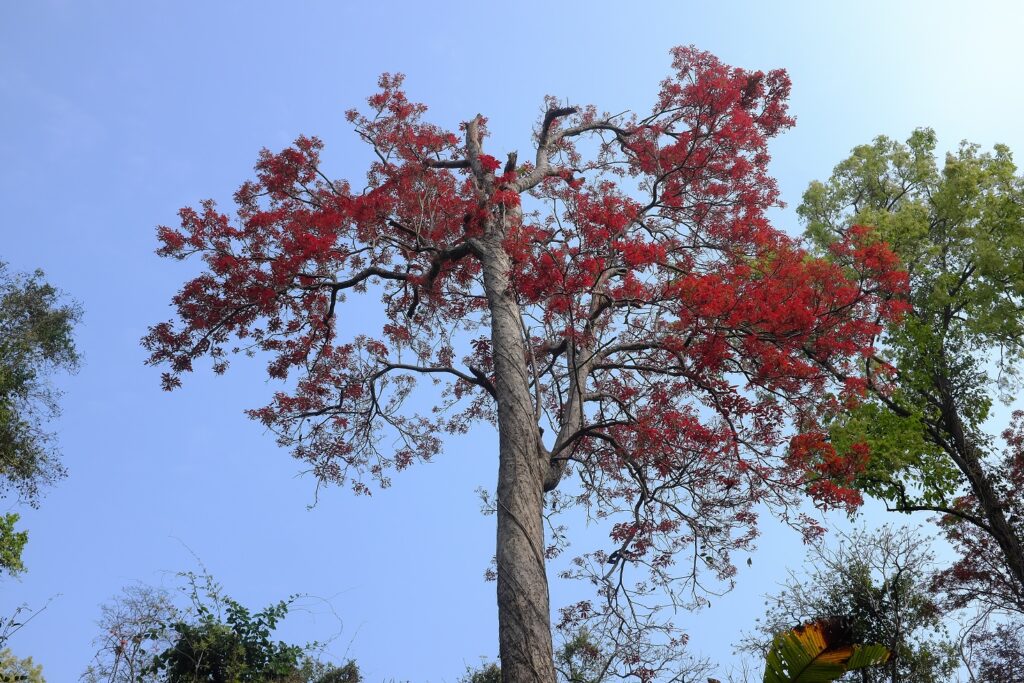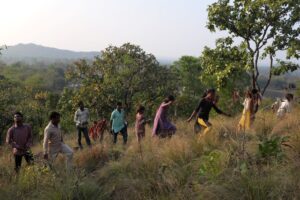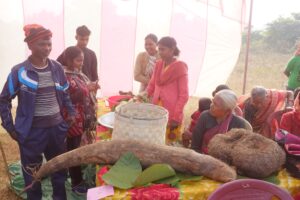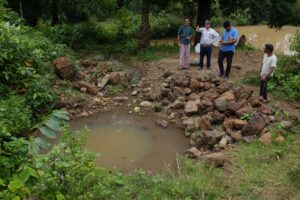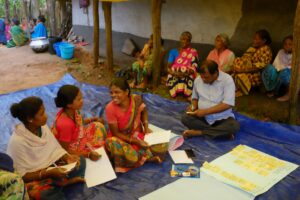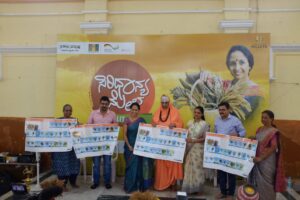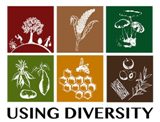Rohan Mukerjee
On an early spring morning in March, I accompanied young Amit Jamuda for a trek through the Darka Daa forest area surrounding Mamar village. Mamar is in the Saranda Forest region in Manoharpur Block of West Singhbhum Block, Jhakrhand. My guide Amit is Keystone’s Community Resource Person Inda Jamuda’s nephew. Amit is pursuing his Intermediate studies from the neighbouring town of Manoharpur. However, having been born and raised in Mamar he has a rich knowledge of the diverse variety of trees and plants in the forests surrounding his village. He enthusiastically shared his knowledge with me pointing out a variety of wild food and Non-Timber Forest Produce (NTFP) trees and plants along our trail, also highlighting their uses and benefits.
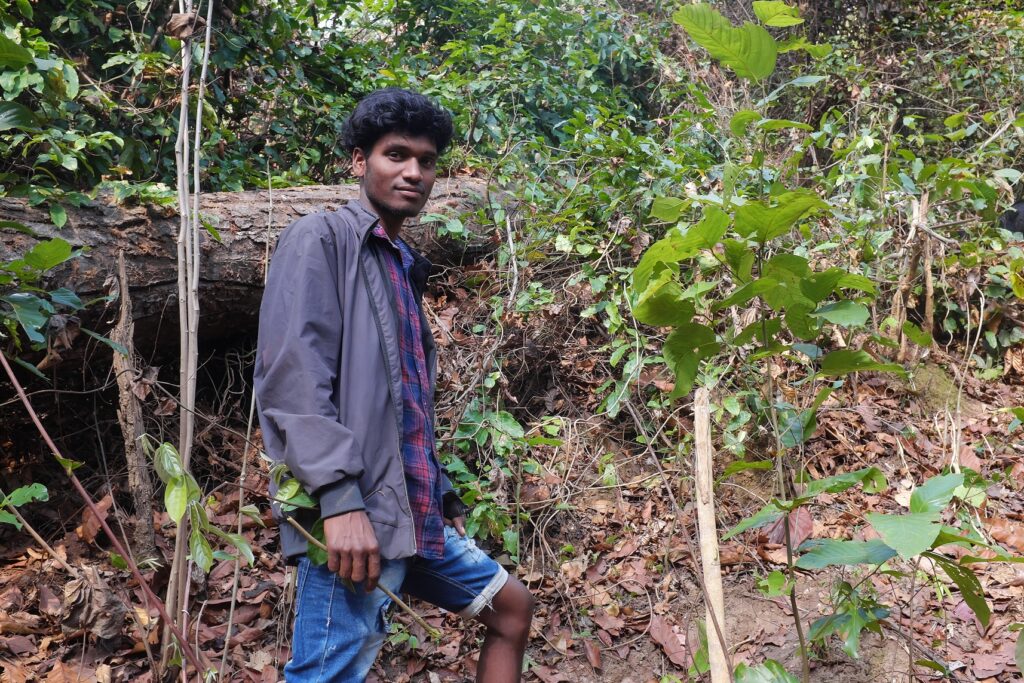
Saranda, once Asia’s largest Sal forest is currently under threat as a result of intensive mining activities principally for Iron Ore which has far reaching negative implications for the ecology of the region as well as the indigenous communities like the Ho people of Mamar who have depended on these forests for their survival for thousands of years. Fortunately, the region continues to harbour rich and diverse forest areas like the Darka Daa forest area around Mamar.
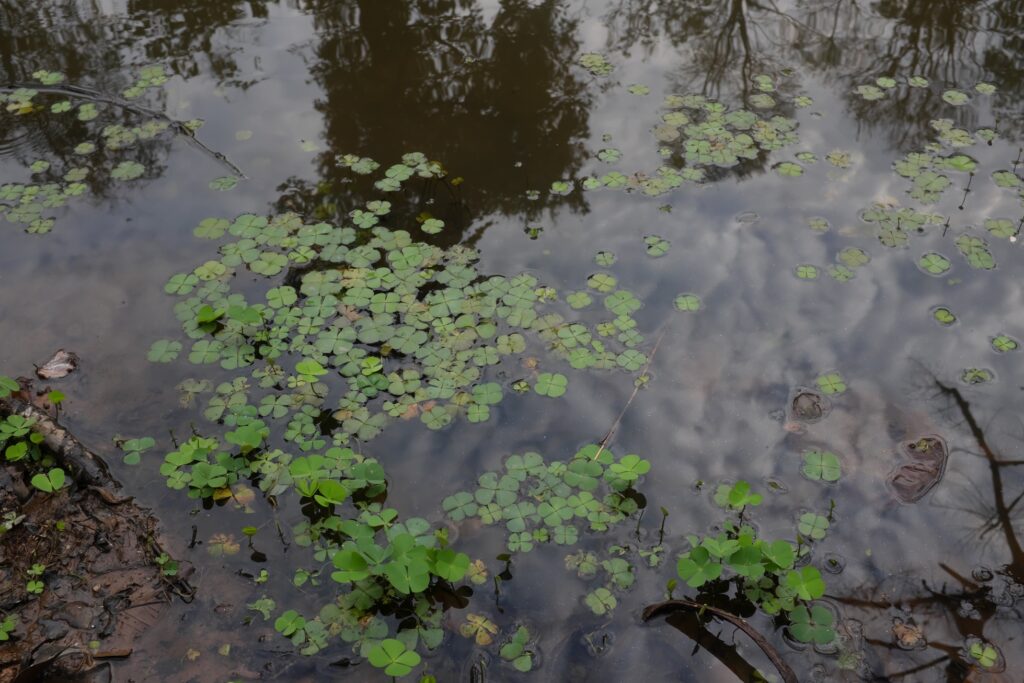
Our first stop was a small pond adjoining the forest where Chatom Aah (Marselia quadrifolia), a perennial uncultivated green leafy vegetablefound near water bodies, was growing abundantly in the shallows. We then passed a giant Banyan whose canopy was tinged with red as a result of the tender new red leaves that were sprouting alongside mature green and yellowing older leaves.
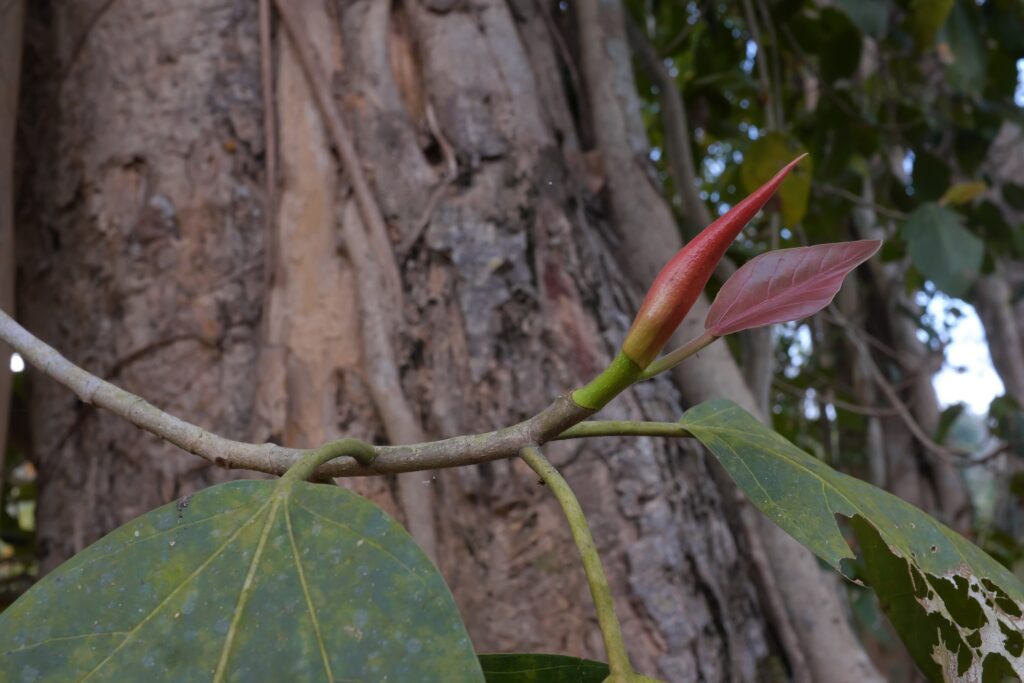
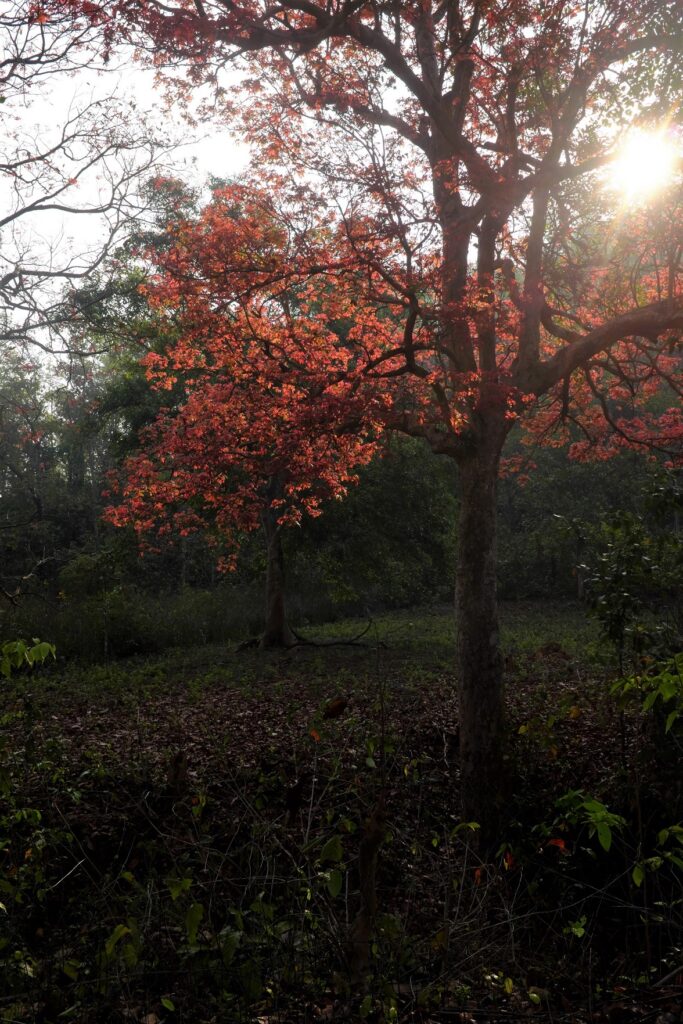
In a clearing little beyond the Banyan we were treated to a far more extravagant leaf flushing phenomenon. A few Kusum trees (Schleichera oleosa) had lit up the area with their bright red new leaves. At a time when most other trees in the forest are leafless these vibrant new leaves make the Kusum tree stand out. The young leaves appear red because of a pigment called Anthocyanin which to a major class of phenolic phytochemicals. The higher concentration of phenolics as well as higher visibility to predators deter leaf eating insects from damaging these juvenile leaves. Anthocyanin also protects the vulnerable young leaves from the harmful radiation of the sun, till the time they are ready to cope with it. The Kusum known as Baru in Ho is a very beneficial tree with multiple uses. Later Inda Jamuda shared that the bright red tender leaves are boiled and eaten as a vegetable. The small berry shaped tart fleshy fruits are eaten and are a favourite among children. Oil extracted from the seed is much valued. Kusum oil is used to apply on the body and in cooking. Inda shared that when cooking with Baru tel they heat the oil and before cooking they add a little water which immediately turns to steam after which the oil is ready for use.
As we made our way deeper into the forest Amit pointed out a number of different wild food and NTFP trees and plants for which he shared names in the Ho language. These included –
- Serali (Randia dumetorum)– A thorny plant, whose tender leaves are made into a vegetable preparation. the leaves are made into a sabji
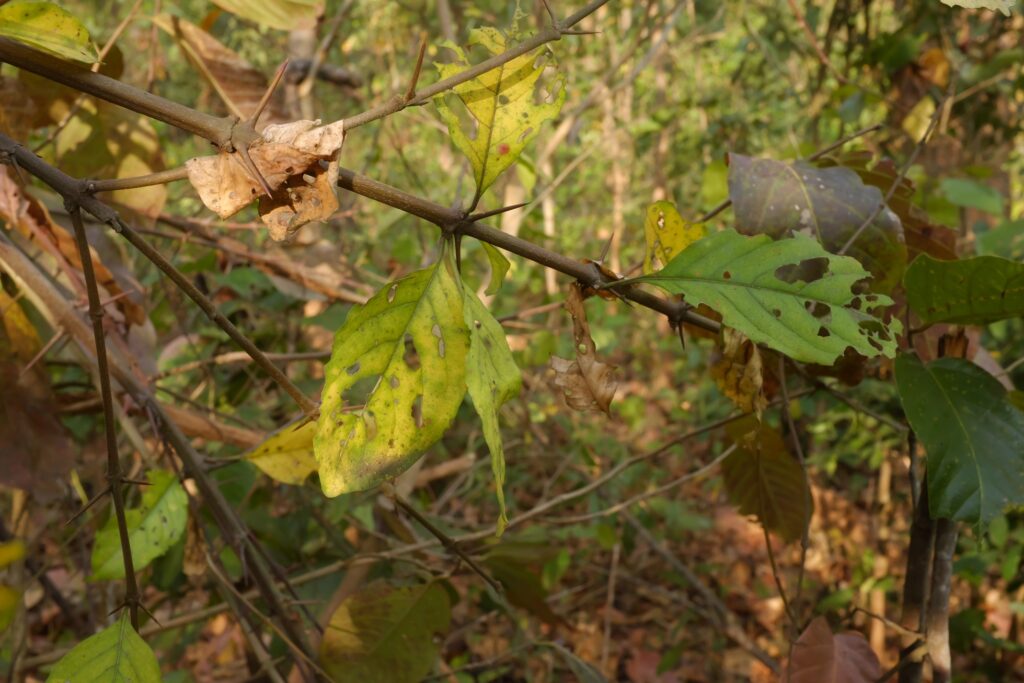
- Ranu Redh – a climber whose root used to make local rice brews like Rossi and Hadiya. Sadly, such natural fermenting agents are being replaced by harmful chemicals in most areas.
- Loaa (Ho) or Dumar (Hindi) – they use the fruit as a vegetable when raw and also eat it ripe.
- Hootar Baha (Indigofera cassioides) also known as Jirhul across Jharkhand and Odisha – currently the shrubs had a profusion of pods and a few remaining leaves and seed pods. This shrub has vibrant pink flowers with flowering in January and February. The flowers are eaten as a vegetable.
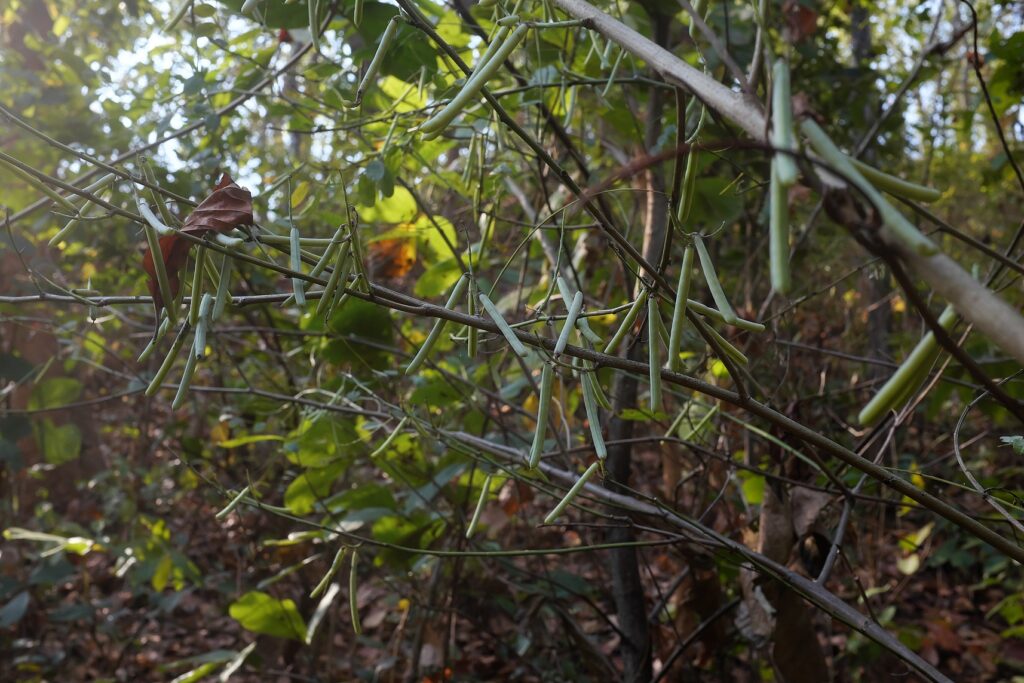
- Kukui Sanga (Dioscorea pubera) – a wild tuber whose climber tends to dry up during this season.
- Drung Sakam (Ho) which is also known as Siali Patta in Odisha and Mahul Patta in MP(Bauhinia Vahlii) – This thick and sturdy vine is found across the forests of the region and its leaves constitute a valuable NTFP, being used to make plates, bowls and packing material.
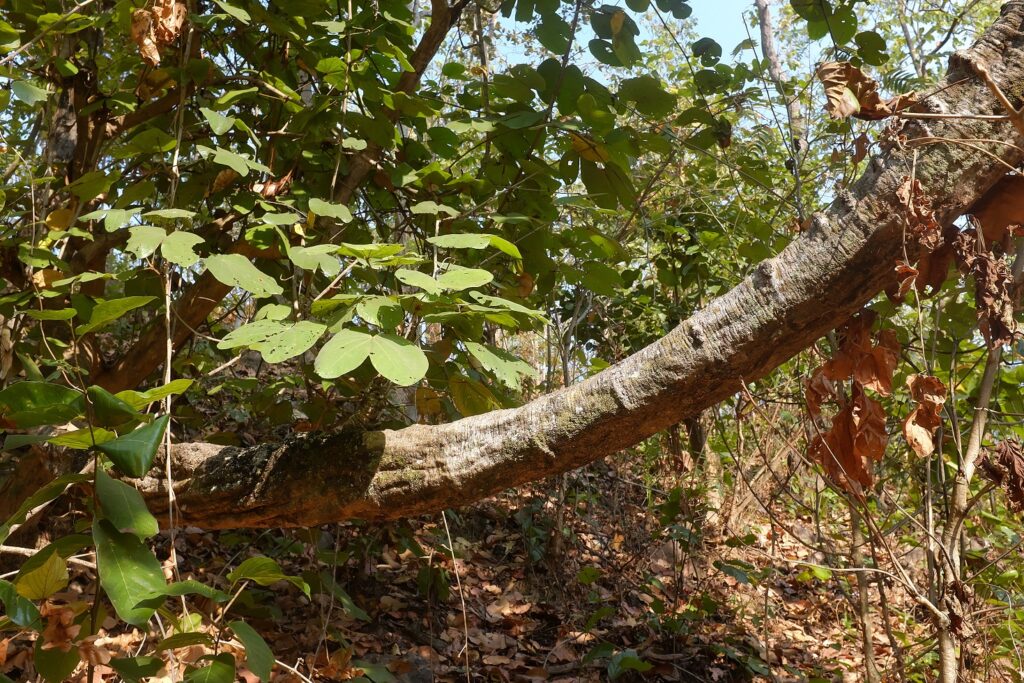
- Kita or Wild date (Phoenix acualis)– the mature leaves are harvested and used for making mats which are used for drying paddy and for other domestic uses.
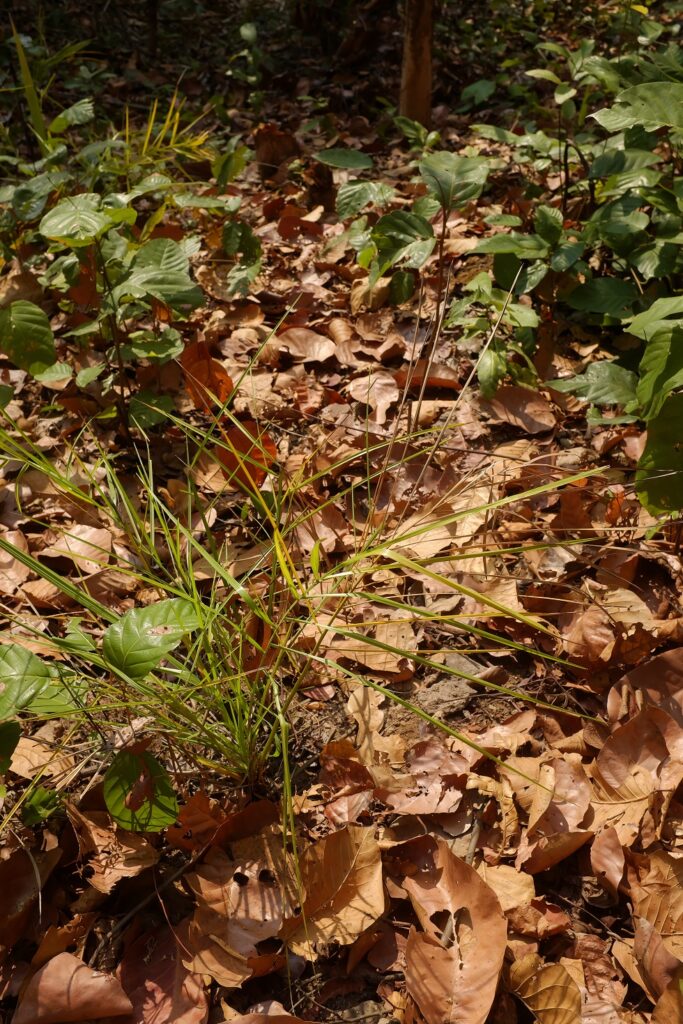
- Jono – a wild grass used to make brooms
- Bachom (Eulaliopsis binate) – a grass used to make the rope for Khatiya
In the course of the trail, I realised that not only did Amit have a substantial knowledge of the different wild foods and forest produce found in the forests around his village he also knew where to find specific trees and plants. While discussing different wild foods he shared that Bhurui (Gardenia gummifera) is another fruit that they eat. He asked me if I was up for a climb as Bhurui shrubs tend to be found on hill tops and he know of a place where we could find some. I agreed to the climb and after slipping and sliding up rocky slopes and making our way through dense undergrowth we made it to a hill top with a lovely view of the surrounding landscape. Here we found several Bhurui shrubs with white flowers and new leaves in the process of emerging. Fruiting would commence within a month.
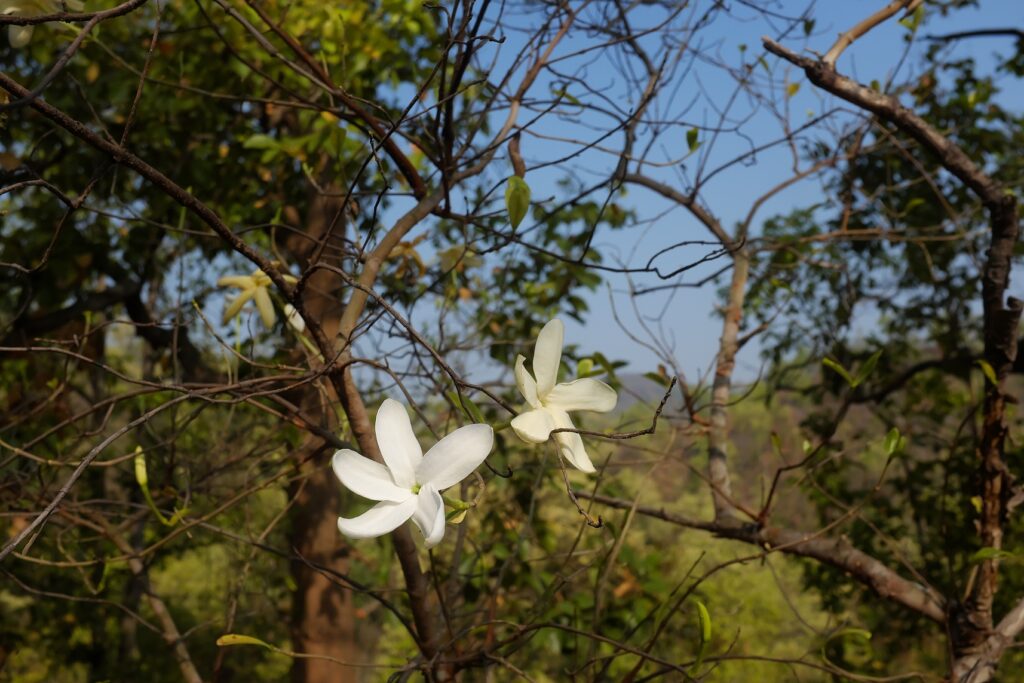
Towards the end of the trail while I was photographing a particularly tall Kusum tree I came across a substantial quantity of extremely large dried leaves under a leafless tree. Amit informed me that the leaves belonged to the Riyu tree (Dillenia pentagyna) which has a sour fruit that is used to make sabji and Aachar / Pickle. Interestingly a few days later in while I was visiting Kheria Sabar villages of Bandwan Block, Purulia District, West Bengal, community resource person Jiban Hansda showed me the same tree which happened to be fruiting. The tree had small raw green fruits and a few remaining yellow flowers. This was a slightly confusing specimen as the top half was taken over by a Peepal (Ficus Religiosa) and the small leaves towards the top belonged to the Peepal. Jiban shared that in Santali the tree is known as Sahar and they also use the sour fruits for vegetable and pickle preparations.
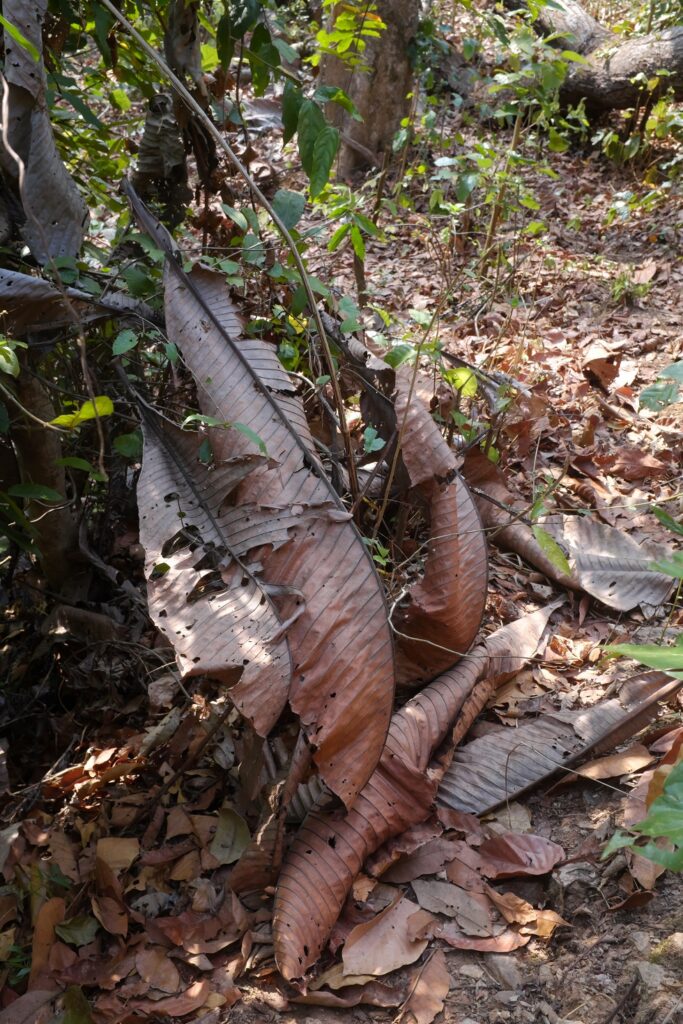
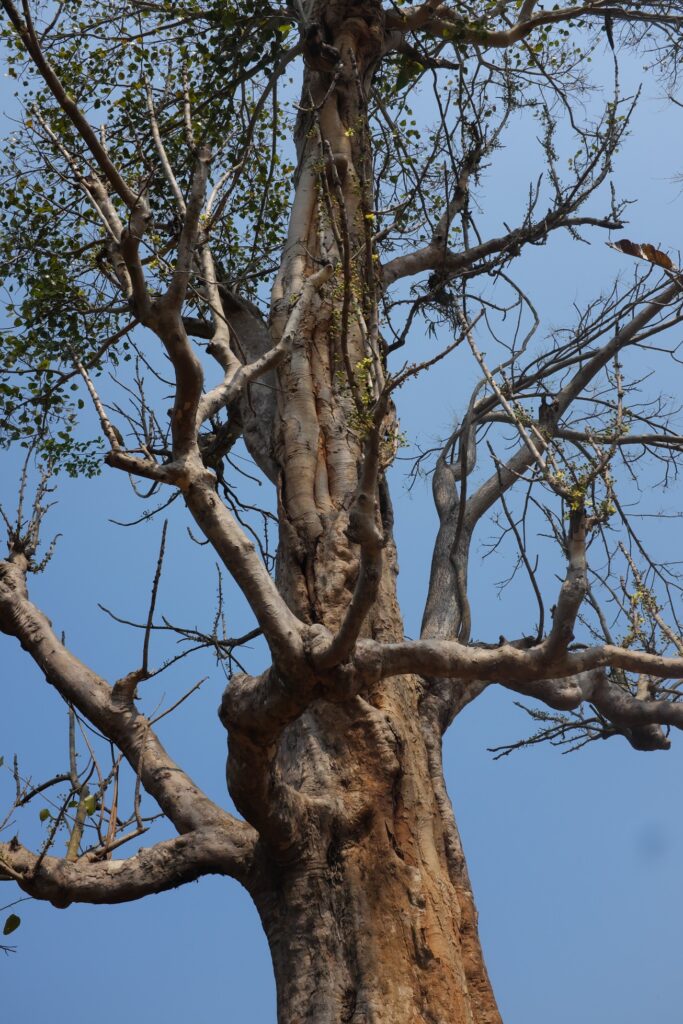
An interesting observation I made during the trail was that unlike the forest areas I had visited in other parts of Jharkhand and West Bengal like in East Singhbhum, Sundar Pahari and Purulia, these forests had a lot of dead wood on the forest floor. This is ecologically beneficial as Deadwood plays a key role in processes such as soil formation and nutrient cycling. As wood decomposes it returns important nutrients to the soil, supporting new growth. It also supports a variety of species, which depend on dead or dying wood to complete their life cycles. A possible reason for this phenomenon could be the fact that the villagers in this area do not engage in commercial trade of firewood only collecting enough firewood to meet their domestic needs thereby reducing the extraction pressure on both living trees and vital deadwood. This is possibly making a positive contribution towards the overall health of these forest areas.
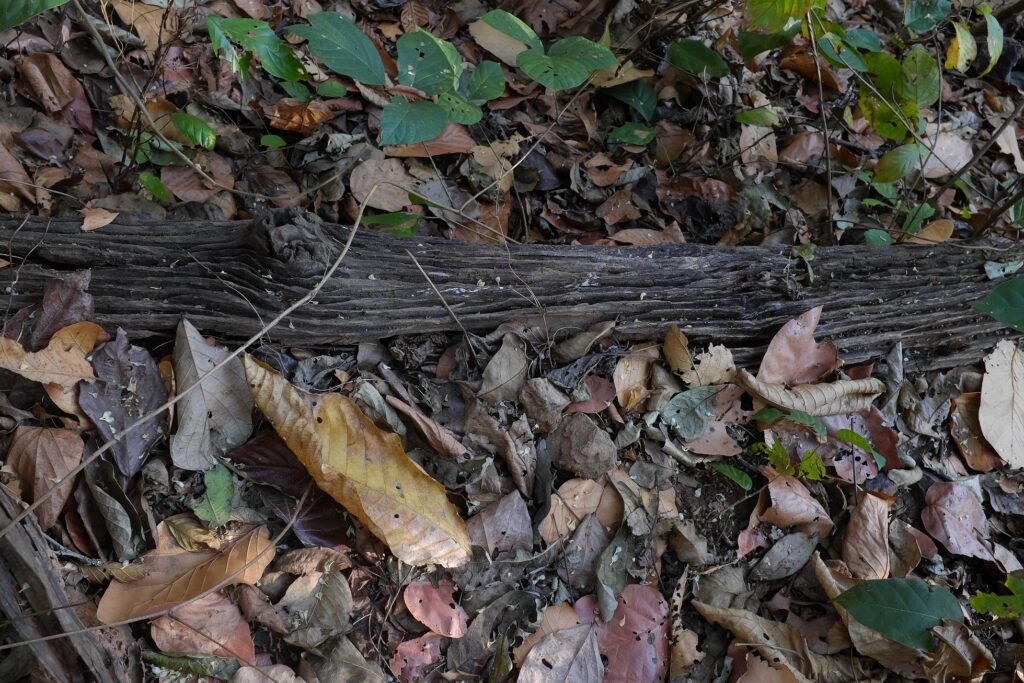
I really enjoyed my time with Amit exploring the rich diversity of Saranda’s remaining forest areas. It was really encouraging to find a young man like Amit who was pursuing studies away from his village but was still in tune with the traditional way of life and practices of his community. However, this is not the case everywhere and in several other areas I have come across Adivasi youth who have lost touch with their traditional practices and knowledge especially with regards to traditional food systems as they gradually shift towards increased market dependence and associated modern food items and diets. There is an urgent need to ensure a balance between modern education and retaining traditional knowledge among youth belonging to indigenous and rural communities.

